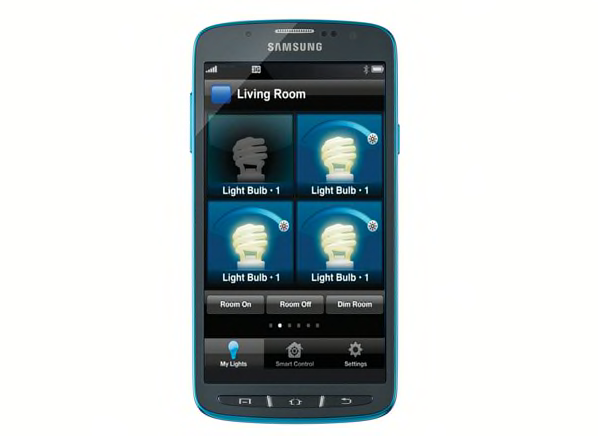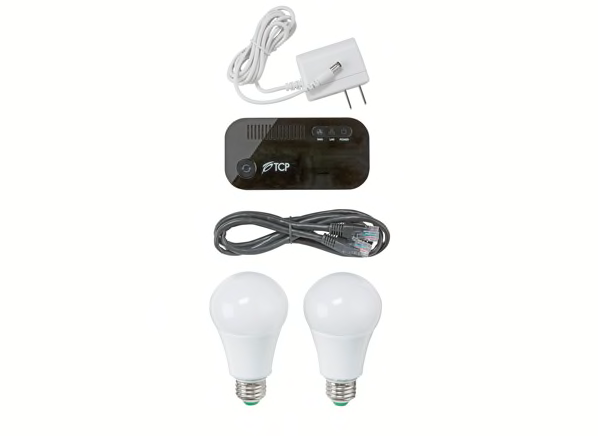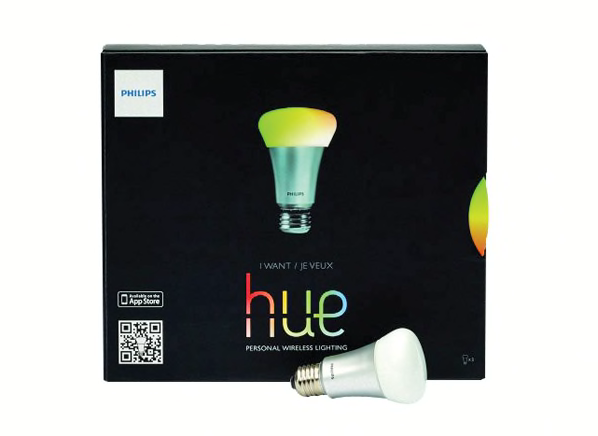Never mind
Nest Learning Thermostat, $250
Programming a thermostat can be a pain, so one that programs itself and adapts to your schedule sounds great. And you can remotely change the Nest's setting using its app if your routine changes. But the initial setup wasn't as intuitive as other digital or smart thermostats we tested. The Nest thermostat is also connected online via Wi-Fi, so it automatically updates its software. But there's the rub: User reviews have complained of Nests shutting down the heating system after updates, with a few reports of frozen and burst pipes as a result.
Nest Protect, $130
This combination smoke and carbon-monoxide detector was impressive as a CO alarm and was top-notch at detecting smoldering fires. It also can tell the Nest Learning Thermostat to shut off the furnace or boiler if the detector senses CO. But the Nest Protect lacks an ionization sensor, available on dual-sensor smoke alarms. So it's poor at detecting a fast, flaming fire. And as we went to press, Nest had temporarily halted sales because of a feature that lets you silence nuisance alarms with the wave of a hand but could, the company found, be unintentionally activated and delay the alarm in case of a fire.
GE Profile PT9050SFSS wall oven, $2,600, with free Brillion app
Dacor Discovery iQ 30" wall oven, $4,300 (single), $7,400 (double)
Dacor Discovery iQ dual-fuel range, $12,000
Save time by preheating your oven while you're driving home. Change cooking temperature from another room. The Brillion app lets you do those things, and the GE Profile oven offered fine baking and broiling, though it wasn't the best in our tests. The two Dacor products, not tested, also let you control cooking from the built-in wireless tablet or a smart device. We like being able to check on a meal's cooking status while relaxing in another room. But we don't recommend turning on your oven, even to preheat, from anywhere other than your home.
Lixil Satis smart toilet, $5,685
The toilet will open at your approach, play music ("Ring of Fire," anybody?), flush automatically, close its lid, and clean up using deodorizers and even a built-in air purifier. But software-security firm Trustwave hacked the toilet's Android app. How? The app uses "0000" as its permanent PIN, so a hacker could cause the toilet to repeatedly flush or spray its bidet into the air. If designed with similar disregard for security, other connected toilets could face similar mischief. Repeated flushing could prove costly and messy. As for connected toilets in general, we'd rather not go there.


































